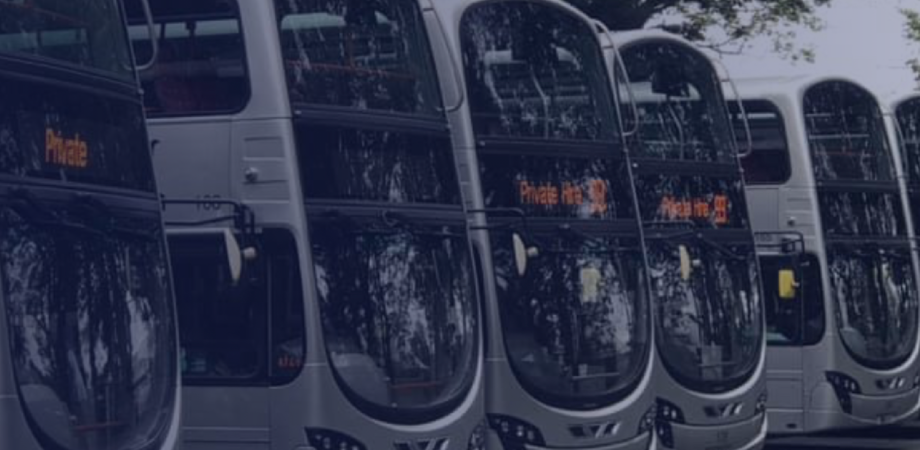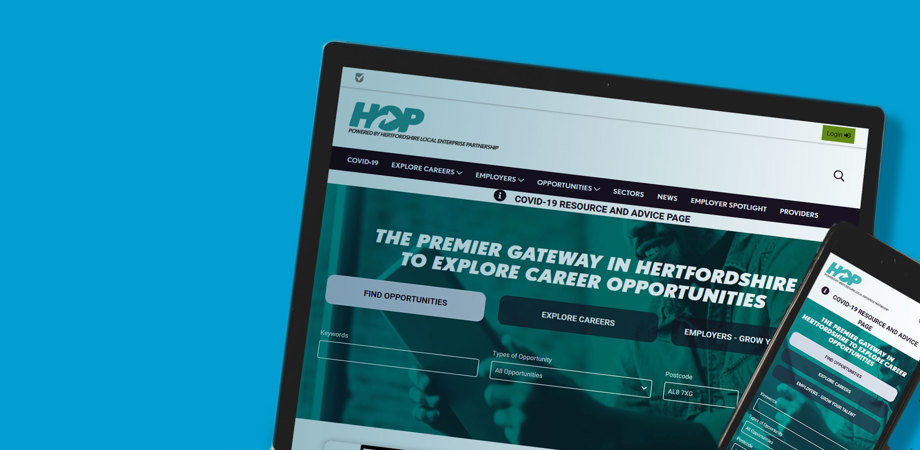The client
Logistics and service provider
PDMS was engaged by a large logistics and services organisation to conduct a process review for its Customer Services (CS) team. The primary objective was to assess the effectiveness of current end-to-end processes and procedures and, where necessary, develop detailed process maps. The initial scope identified nine key processes within the CS team.


The project
The project followed the Double Diamond design process model. This methodology allowed us to clearly identify issues, propose solutions, and ensure alignment with the organisation’s strategic goals. The project was split into three key stages:
Discovering the problem
We used several techniques to identify key challenges, including:
Sailboat exercise
Staff used sticky notes to highlight positive factors (what’s driving success) and negative factors (what’s hindering progress) to pinpoint areas of focus
Staff shadowing
We shadowed staff during their daily tasks to gain an in-depth understanding of the processes
Service blueprints
The initial nine processes were broken down into 29 distinct processes. For each, we developed a Service Blueprint, including a Customer Journey Map with pain points, hotspots, and constraints
These blueprints provided a comprehensive understanding of the service and enabled the team to identify opportunities for improvement, as well as encourage a collaborative and contextual mindset and tell a full story.
Defining the problem
To clearly define the issues, we employed:
Ticket sorting
Analysing tickets from the CS team's Case Management System over the last two years, we identified the root causes and grouped the processes into five categories
Time tracker
CS team members distributed 100 tokens across five process types to indicate time spent, with the exercise conducted in small groups to minimise bias
Scoring
Each of the 29 Service Blueprints was annotated with ticket volume and rated on frequency, time taken, and difficulty
Process pain
We plotted the blueprints on a grid, using difficulty/pain and frequency to identify where the greatest challenges and opportunities for improvement lay
Developing the solution
With the problems clearly defined, we worked with the CS team to develop solutions:
Service blueprints
For each pain point identified, the team proposed potential solutions and opportunities for improvement
Co-designing
We engaged other internal teams, such as IT, to ensure proposed solutions were feasible and aligned with broader organisational goals
Strategic alignment
We cross-referenced the organisation’s strategic business plan to ensure that the identified solutions supported the company’s long-term objectives
The results
Following our analysis, we presented the Executive Team with a comprehensive report, enabling them to take forward actionable solutions. Key elements included:
- Effort vs impact plotting – We plotted opportunities onto a grid to highlight ‘quick win’ solutions and those requiring more substantial projects
- Opportunity categorisation – Opportunities were grouped into eight categories, each accompanied by recommendations and potential benefits
- High-level system requirements – Our findings revealed that the Case Management System was not fit for purpose. We conducted a high-level gap analysis and identified a suitable alternative system already in use elsewhere in the organisation
- Standardised complaints cribsheet – We provided a crib sheet to help the CS team log complaints more accurately in the central complaints register
- Service Blueprints – These were handed over to the CS team as living documents for future use
- Backlog/roadmap – High-impact, low-to-medium effort solutions were assigned owners and timelines
This project allowed both the CS team and the Executive Team to better understand their processes. We identified 29 processes instead of the original nine, providing a detailed roadmap for improvements that will ultimately enable the team to offer a more efficient and effective service to their customers.
More case studies

Making it quicker and easier to lease and buy cars online

